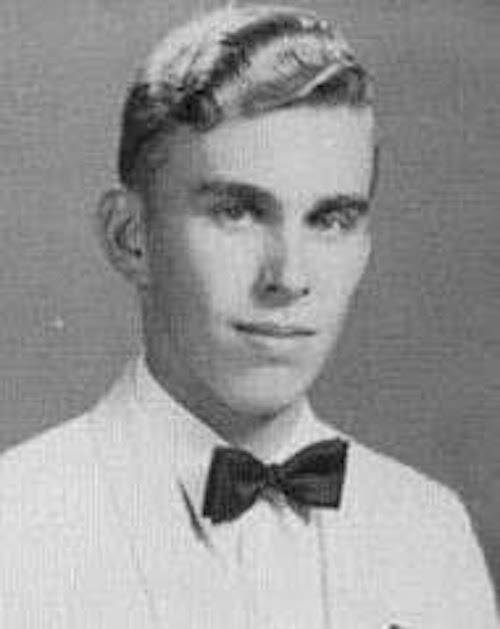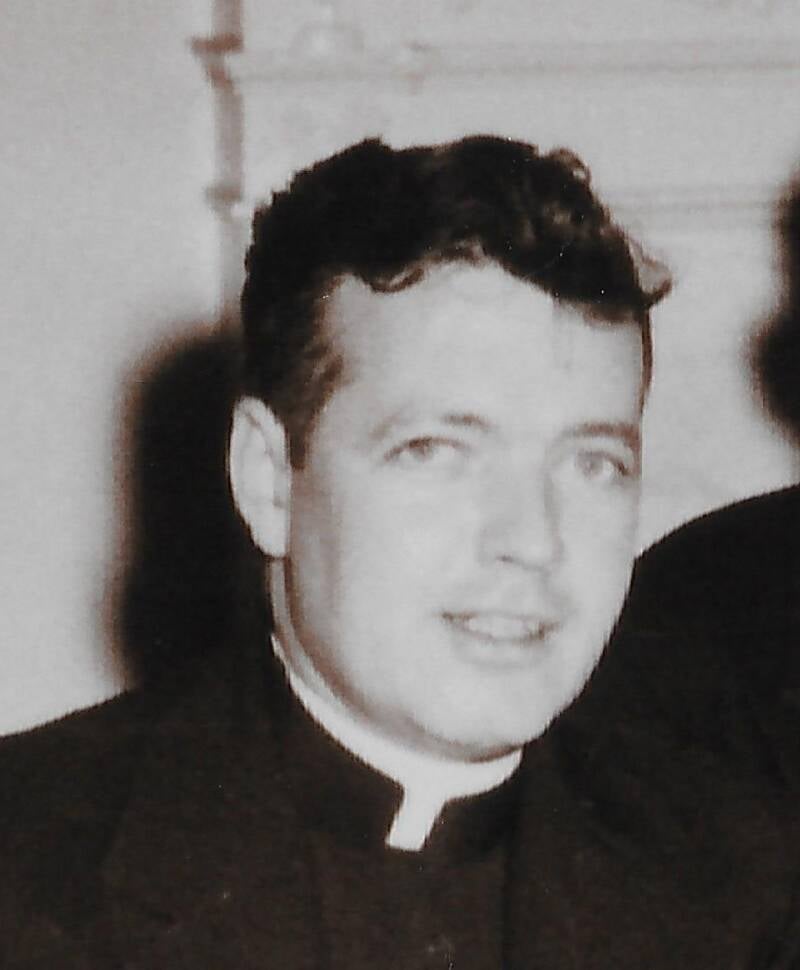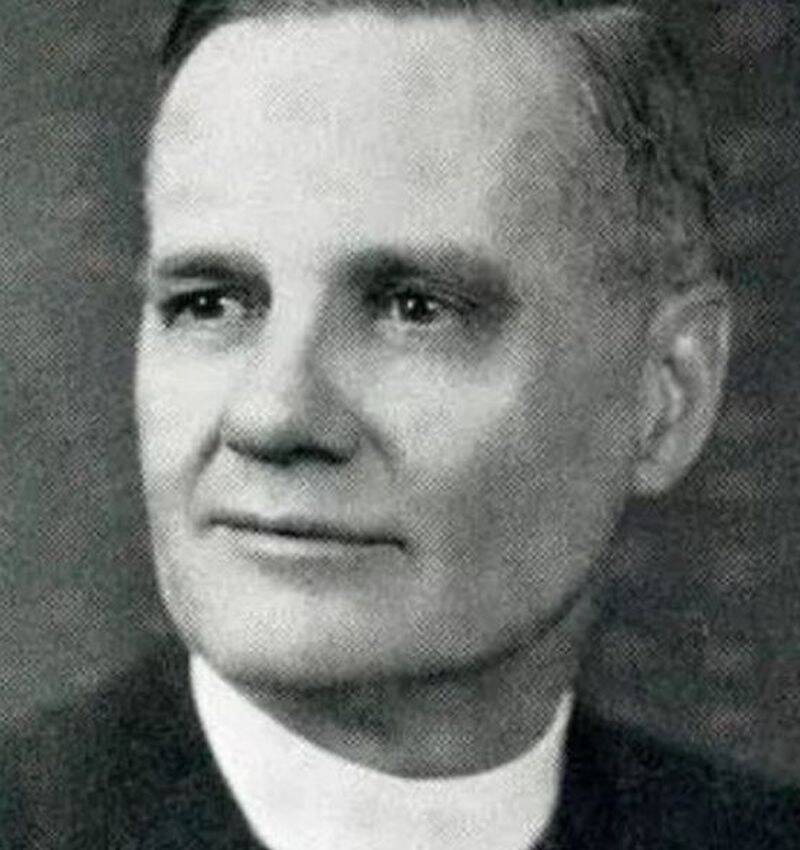I just learned about this fascinating aviatrix while looking for a story to post for the end of Black History Month. Take a look at some of her story from Wikipedia:
Bessie Coleman was born in Atlanta, Texas, in 1892 and grew up in a family of 13 children.
In 1915, at the age of 23, Coleman moved to Chicago, Illinois, where she lived with her brothers. In Chicago, she worked as a manicurist at the White Sox Barber Shop, where she heard stories of flying during wartime from pilots returning home from World War I. She took a second job as a restaurant manager of a chili parlor to save money in hopes of becoming a pilot herself. American flight schools of the time admitted neither women nor black people, so Robert S. Abbott, founder and publisher of the Chicago Defender newspaper, encouraged her to study abroad. Abbot publicized Coleman's quest in his newspaper and she received financial sponsorship from banker Jesse Binga and the Defender.
Bessie Coleman took a French-language class at the Berlitz Language Schools in Chicago and then traveled to Paris, France, on November 20, 1920, so that she could earn her pilot license. She learned to fly in a Nieuport 564 biplane with "a steering system that consisted of a vertical stick the thickness of a baseball bat in front of the pilot and a rudder bar under the pilot's feet."
On June 15, 1921, Coleman became the first black woman and first self-identified Native American to earn an aviation pilot's license and the first black person and first self-identified Native American to earn an international aviation license from the Fédération Aéronautique Internationale. Determined to polish her skills, Coleman spent the next two months taking lessons from a French ace pilot near Paris and, in September 1921, she sailed for America. She became a media sensation when she returned to the United States.She used her platform to do events, like parachute jumps, and give lectures, all with the aim of opening an African-American flying school. Coleman would only perform for desegregated crowds.
On April 30, 1926, Coleman was in Jacksonville, Florida. She had recently purchased a Curtiss JN-4 (Jenny) in Dallas. Her mechanic and publicity agent, 24-year-old William D. Wills, flew the plane from Dallas in preparation for an airshow and had to make three forced landings along the way because the plane had been so poorly maintained. Upon learning this, Coleman's friends and family did not consider the aircraft safe and implored her not to fly it, but she refused. On take-off, Wills was flying the plane with Coleman in the other seat. She was planning a parachute jump for the next day and was unharnessed as she needed to look over the side to examine the terrain.
About ten minutes into the flight, the plane unexpectedly went into a dive and then a spin at 3,000 feet above the ground. Coleman was thrown from the plane at 2,000 ft (610 m), and was killed instantly when she hit the ground. Wills was unable to regain control of the plane, and it plummeted to the ground. He died upon impact. The plane exploded, bursting into flames. Although the wreckage of the plane was badly burned, it was later discovered that a wrench used to service the engine had jammed the controls. Coleman was 34 years old.Such an accomplished woman! Tragic that she died so young. For her complete story, click here. Had you ever heard of Bessie Coleman?









